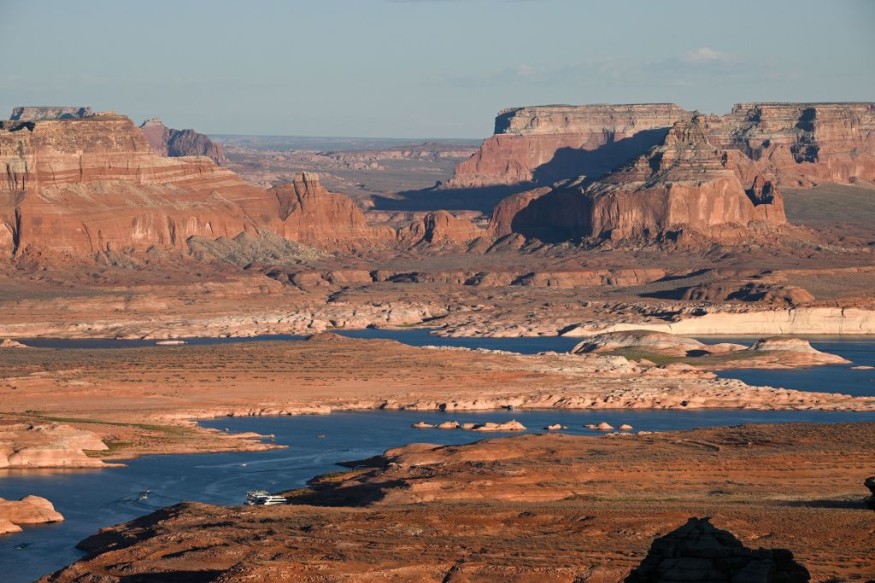A Colorado River water plan by the United States federal government that seeks to alter over a century-old water distribution practice across the American Southwest is threatening to impact the region, particularly in the agriculture and energy sectors.
The massive river serves 40 million Americans from multiple states.
The said plan aims to address the growing issue of depleting water levels of the reservoir amid decades of historic drought.
Now, the recent report highlights the reality that water cuts will be imposed across the region to conserve water supply.
Amid the proposed measure, many are still divided as the water plan includes three options.
In recent years, scientists have found the persistence of a "megadrought" in the Southwest, as shown by evidence of record-breaking high temperatures and dry conditions for most of the year since the 21st century.
The natural phenomenon date back to over a thousand years, as revealed in a 2022 study.
Combined with excessive water usage amid a growing population, the prolonged drought in the southwestern portion of North America has also contributed in the depletion of other water reservoirs, including Lake Mead, located in the states of Arizona and Nevada and is the largest reservoir in the U.S. in terms of water storage capacity.
Colorado River Water Plan

In April 2023, the Biden administration proposed the Colorado River water plant as a means to distribute water cuts from the reservoir and resolve a long-held legal dispute between the states across the Southwest sharing the river's water supply.
Robin Craig, a professor at the University of Southern California, stated the areas of energy, food, and water are regulated separately.
With this, one cannot change the policy in one of these areas without affecting the others, as cited by Phys.org reported.
The concern comes from the growing concern that the agriculture and energy sectors could be affected should changes in water cuts distribution are made.
Colorado River Crisis
On April 11, the Biden administration issued highly-expected analysis of the Colorado River crisis, which highlights a potential scenario should the river system's collapse impact the American West's major cities, farmers, and native tribes, CNN reported.
The U.S. Interior Department's Bureau of Reclamation, in the draft analysis, provides two different scenarios to mitigate water usage should the water levels in Lake Mead and Lake Power continue to decrease.
Measures include keeping the Colorado River flowing through the Glen Canyon and Hoover dams to provide hydroelectric power to hundreds of thousands of customers, as cited by the U.S. media.
However, there are three options that the Colorado River water plan proposes:
- Equal water cuts across Colorado River Basins' lower states
- Water cuts based on water right seniority, wherein California holds senior water rights
- "No Action Alternative"
The Colorado River Basin is divided into two regions: the Upper Basin (which comprises of Colorado, New Mexico, Utah, and Wyoming) and the Lower Basin (which includes Arizona, California, and Nevada).
The Colorado River also provides water to some parts of Mexico, according to the Colorado Water Conservation Board.
© 2025 NatureWorldNews.com All rights reserved. Do not reproduce without permission.





